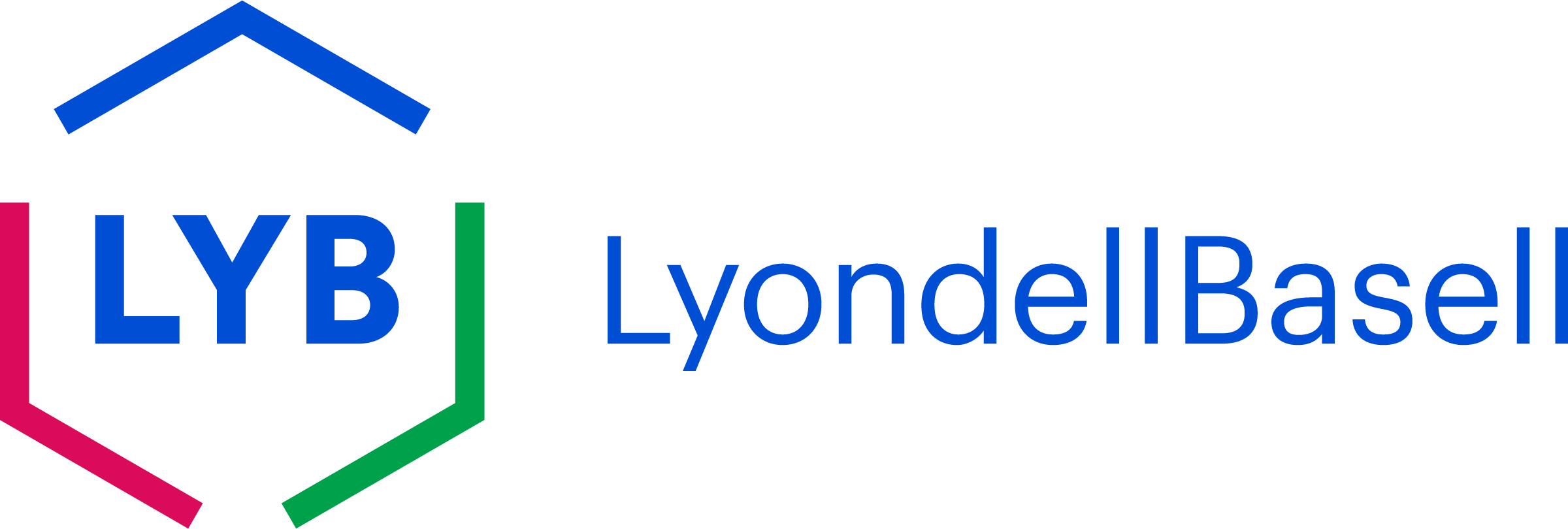Monofilament
Monofilaments are obtained by polymer extrusion through a die into so called primary filaments and then quenched into a water bath. These thick primary filaments are normally round shaped, but they can be square, cross or even lenticular shaped, depending on final applications.
Thick primary filaments are then stretched into hot media (an air oven or a boiling water bath) down to the final thickness desired, gaining tenacity and ultimate elongation, which is needed for final uses. They are then annealed to minimize internal tension and, finally, wound on reels. Monofilaments are then used for the production of nets, ropes and various knitted items.
Legend: PSB: Product Stewardship Bulletin TDS: Technical Data Sheet SDS: Safety Data Sheet
Browsing: Polymers
Viewing products in:
Narrow results by:
Showing 1-5 of 5
| Product Name | PSB | TDS | SDS | Melt Flow (g/10 min) |
Density (g/cm3) |
|
|---|---|---|---|---|---|---|
| Hostalen GF 7750 M2 | 1.0 (190 °C/2.16 kg) | 0.957 | ||||
|
|
||||||
| Hostalen GF 7750 M3 | 0.6 (190 °C/2.16 kg) | 0.957 | ||||
|
|
||||||
| Luflexen hyPE 52R FA | 2.0 (190 °C/2.16 kg) | 0.952 | ||||
|
|
||||||
| Luflexen hyPE 56P FA | N/A | 0.75 (190 °C/2.16 kg) | 0.955 | |||
|
|
||||||
| Pro-fax HP403G | 1.5 (230 °C/2.16 kg) | 0.90 (23 °C) | ||||
|
|
||||||
Showing 1-5 of 5

